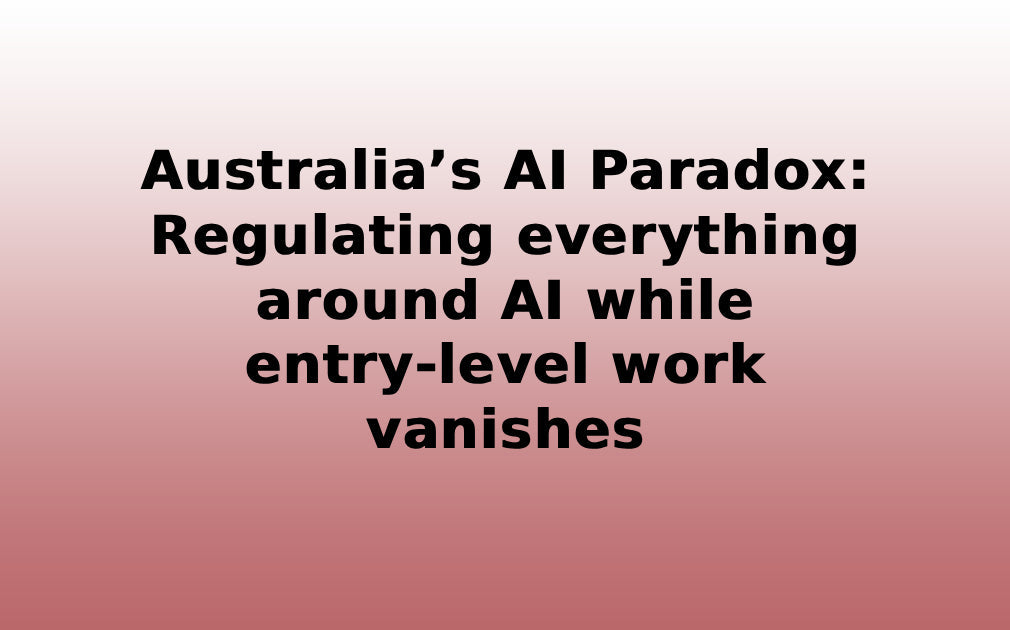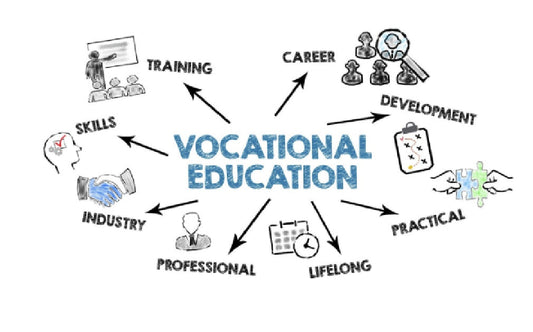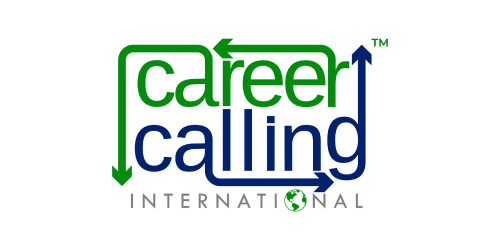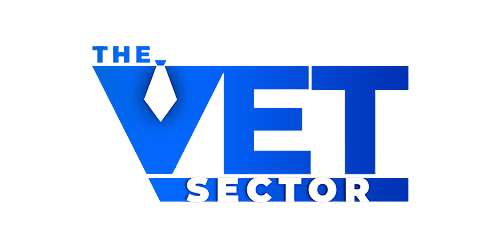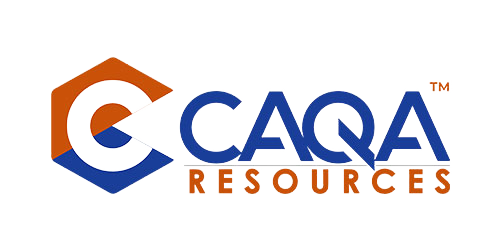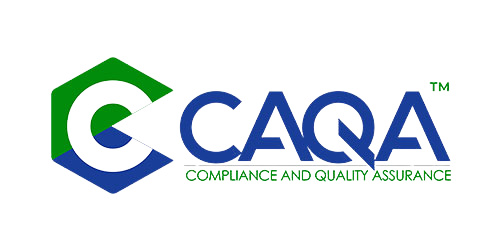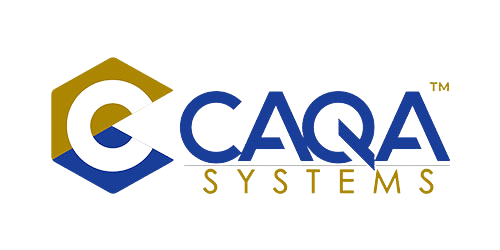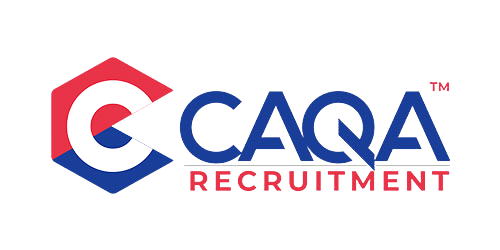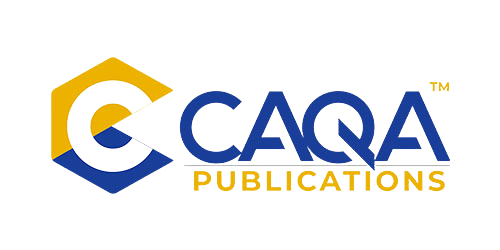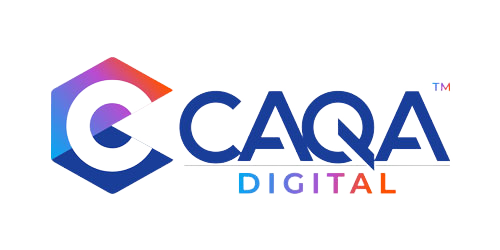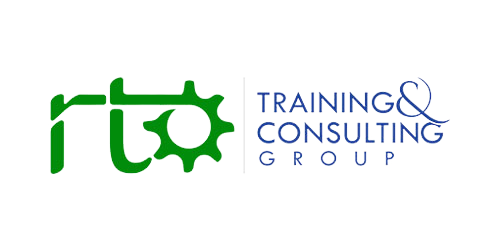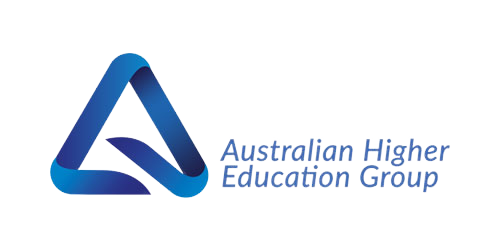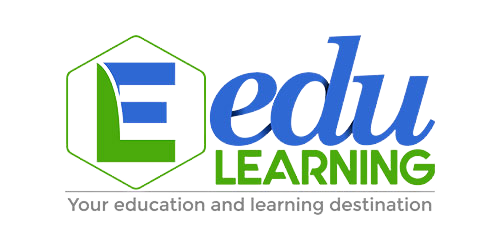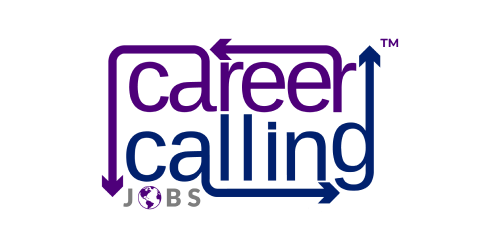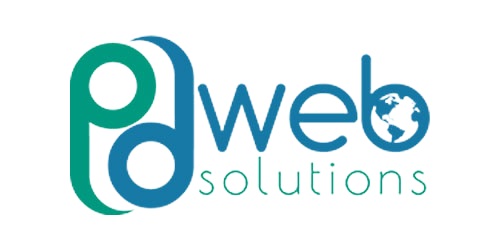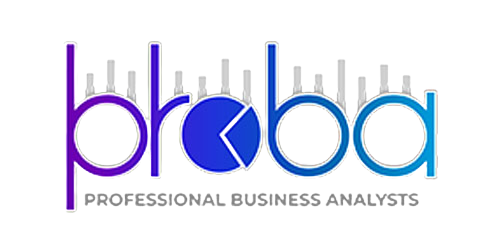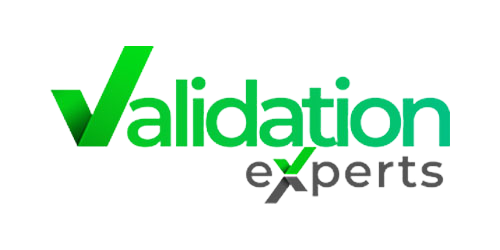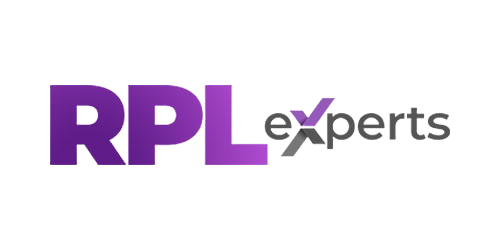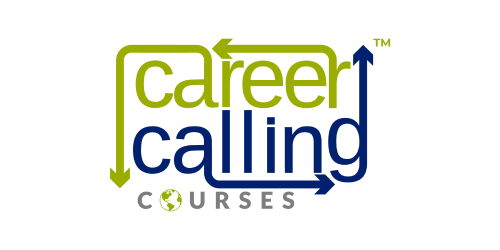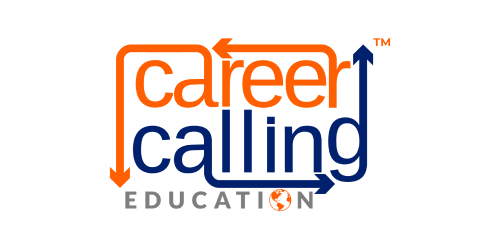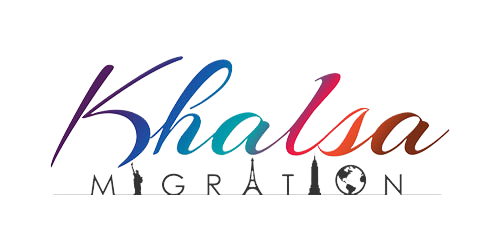Australia is living through a strange kind of regulatory moment. Privacy rules are being tightened. Government agencies are publishing transparency statements about algorithmic decisions. Procurement and risk policies are being rewritten to talk about automation, surveillance, and psychological safety. Yet there is still no dedicated national law that says plainly what creators, deployers, educators, and auditors must do when they design, test, buy, or use artificial intelligence. The vacuum is not theoretical for the vocational education and training sector. It is already shaping what gets taught, what should be assessed, and how RTOs can truthfully describe graduate outcomes to learners who will walk into workplaces where routine tasks are being absorbed by software at a speed that feels unprecedented. European regulators now enforce a clear, risk-based AI regime. Several United States jurisdictions have moved to curb algorithmic discrimination. China has imposed direct controls on the operation of generative systems. Australia, by contrast, has opted for iterative adjustments to existing frameworks and guidance documents. That choice leaves VET leaders holding the practical risk. Should a unit allow students to use a conversational model to draft a response, or would doing so undermine the integrity of assessment evidence? Should a bookkeeping learner be trained to prepare journals by hand, or to check and correct journal entries generated by a model that ingests bank feeds and vendor data? Should frontline roles in customer engagement continue to emphasise live call handling, or shift attention almost entirely to exception management, troubleshooting, and oversight of agent assist tools? In the absence of bright lines, providers have to balance current industry practice, evolving policy, and their own duty to protect learners’ prospects in a labour market moving away from routine cognitive work.
What is actually happening to the jobs VET has traditionally filled?
The baseline facts are stark enough even without the headline claim that half of entry-level white-collar roles could disappear. Large global studies consistently indicate that a meaningful share of tasks in service sector occupations can be automated by general-purpose and domain-specific models. Goldman Sachs argued in 2023 that advances in generative systems put as many as 300 million full-time roles worldwide within the scope of automation, particularly in advanced economies, while also noting the scope for productivity gains and new work that could offset a portion of that shock over time. The World Economic Forum’s most recent Future of Jobs report reached a more conservative net view but still projected a reshaping of job content that is significant at the scale of national labour markets. It is estimated a net decline of around 14 million positions globally by 2027, alongside widespread task reallocation and skill profile change across occupations rather than pure job destruction alone. The same report highlighted that clerical and administrative roles would contract fastest, while roles in technology, sustainability, and care would grow.
For Australian VET, this split matters. Certificate and diploma programs that feed office support, customer contact, routine finance, and entry-level analysis are situated precisely where automation is moving from pilot to default. Businesses are already implementing systems that triage email, summarise calls, draft correspondence, reconcile transactions, and prepare standard reports. The result is fewer junior roles that once served as gateways into stable careers. That change is not balanced evenly across the economy. Care, trades, and field service continue to need people. Empathy, embodied skill, high-consequence judgment, and context-heavy problem solving still resist full automation. The implication is not to abandon business, finance, ICT support, or contact centre training. It is to rebuild them around human-in-the-loop work where graduates learn to supervise tools, validate outputs, intervene when systems drift, and escalate when a problem falls outside model competence. That pivot requires clear regulatory markers around accountability and transparency. Australia does not yet have those markers in statute. Europe now does.
Why Europe moved and why that matters for Australian providers
The European Union’s Artificial Intelligence Act entered into force in August 2024 and begins staged application across 2025 and beyond. It prohibits a defined set of unacceptable uses, imposes strict obligations on applications classed as high risk, requires transparency for certain manipulative or generative uses, and creates a compliance regime with real penalties. Education, employment, essential services, and public administration are squarely addressed in the high-risk category, with requirements for data quality, record keeping, human oversight, and post-market monitoring. General-purpose models face transparency and copyright duties, and the largest models carry systemic risk obligations. Whatever the debate about scope, Europe has drawn the lines and given institutions and training providers something to align with.
Australia’s position looks very different. As of mid to late 2025, there is no national AI act. Contemporary legal trackers and advisory notes aimed at Australian organisations are explicit on this point. The country is relying on existing privacy, consumer, administrative, and discrimination laws, plus government policy frameworks and agency guidance, while it continues consultations on whether and how to legislate in future. That approach has been reinforced by a major domestic review urging caution about creating an overarching AI statute. The national productivity advisory body examined global developments and advised against a comprehensive law in the near term, arguing that a mix of targeted adjustments and sector-led standards may be preferable while technology evolves. The federal public sector has moved fastest within those constraints. Agencies have adopted a whole-of-government policy for automated decision making and artificial intelligence that sets minimum expectations for risk assessment, transparency notices, accountability, and governance. Service delivery agencies publish explainers describing how they use machine learning and what recourse people have if a decision appears wrong. That is helpful, but it is policy, not binding law, and it is aimed at government use rather than the economy-wide deployment VET graduates will encounter.
Other jurisdictions that matter to Australian employers and students are also acting. Colorado enacted the first comprehensive state-level AI law in the United States, centred on algorithmic discrimination risks in life-changing domains like employment, housing, education, and credit, and placing duties on developers and deployers to assess and mitigate harms. That single state instrument already influences national practice because multistate organisations cannot practically run separate compliance regimes for different territories. China’s approach is very different in philosophy but similar in one basic respect. It accepts that AI requires specific rules. Its regulatory package for synthetic media and generative systems includes registration, security review, content labelling, and alignment duties for public-facing services. Whatever view one takes of those values, the presence of clear rules gives Chinese providers and educators a defined compliance perimeter.
What Australia is doing instead, and why that leaves gaps for VET
Australia’s path is to retrofit. Privacy reform is inching forward. Regulators are publishing guidance about automated decision-making, discrimination risks, and transparency practices. Public sector strategies are being used as exemplars for voluntary adoption by others. The Digital Transformation Agency’s policy sets expectations for risk assessment, human oversight, and clear notices when automation is used. Service agencies follow that policy with transparency statements that describe, in plain language, how models are used. These are constructive steps. They demonstrate what good looks like inside government. They do not, however, answer the questions that matter for training and assessment in private and community settings where most graduates will work. When can a provider rely on an automated system as the primary decision maker in selection, grading, or safety-critical processes? When must a human review occur? What constitutes reasonable human-in-the-loop oversight for high-consequence outcomes? How is bias assessed in practice, and what record-keeping will be considered adequate if an adverse action complaint arises? Policy documents cannot deliver the certainty that statute-backed, regulator-enforced rules provide.
The absence of a dedicated act also interacts awkwardly with Australia’s privacy law timetable. The government has accepted many of the recommendations from the Privacy Act Review in principle and has flagged work on transparency for automated decision making, broader definitions of personal information, and stronger enforcement. Industry press has reported repeatedly on the expectation of changes that touch AI-relevant data practices. Progress has been slower than hoped, which leaves providers with overlapping but incomplete signals about what future compliance will require.
From a VET standpoint, uncertainty manifests in three practical places. First, curriculum design. If Australia were to adopt a framework similar to Europe’s high-risk category, units in recruitment, selection, credit assessment, tenancy processing, and public services would need explicit training on risk management, human oversight, data documentation, and redress. Without that signal, providers have to guess how much space to allocate within already crowded programs. Second, assessment validation. If workplaces are already using models to draft correspondence, summarise calls, prepare invoices, or triage service requests, it is reasonable to build assessments that allow or even require controlled AI use, provided the student demonstrates judgment, verification and escalation skills. The difficulty is making those decisions without a clear regulatory reference point that says when AI assistance is acceptable and how the human contribution must be evidenced. Third, industry placement. Many host employers now run automation layers that make some traditional tasks vanish. Students may spend less time doing core work and more time observing and correcting system behaviour. Placements still deliver value, but competency evidence looks different. This is a quality assurance problem as much as a pedagogical one, and again, it would be easier with statutory clarity.
A realistic picture of skills at risk and skills that will matter more
The first discipline here is to stay faithful to the evidence. Large-scale projections differ on magnitude and timing, and they should be read as scenarios rather than predictions. What is consistent across credible studies is the shape of change. Routine cognitive tasks are easiest to automate. Repetitive customer interactions that can be handled by a well-tuned model will migrate out of human hands. Standard report drafting, basic reconciliations, templated communications, low complexity scheduling and triage will be done by software first, then reviewed by people. Roles built on empathy, embodiment, complex manual work, and judgment in high-consequence or highly ambiguous contexts remain resilient. That means more care, more field service, more construction and maintenance, more supervision and systems thinking, and fewer entry-level desk-based tasks that once served as apprenticeships for white collar careers.
Providers can respond in two steps at once. The first is triage. Programs that feed directly into threatened roles should be combed for the parts that now look like oversight rather than execution. A business administration learner still needs to understand correspondence standards, but the learning should emphasise how to brief a system, how to review what it produces, how to correct tone, how to ensure factual accuracy, and how to decide when to draft from scratch because the situation is sensitive or novel. A bookkeeping learner should still understand double-entry and controls, but their assessment should include detecting and correcting model-produced errors, explaining variances to non-specialists, and escalating anomalies that need human review. A customer engagement learner still needs to handle live contacts, but should spend as much time diagnosing where an agent assist tool is drifting and how to intervene as they spend on manual call handling. The second step is to build horizontal capability across programs. Graduates in every field will need critical reading of model outputs, comfort with prompts and structured instructions, an instinct for edge cases, and a routine practice of recording decisions. Those are the base skills of humans in the loop work in any sector.
The ethical questions are already inside VET classrooms
Even without an AI act, Australian learners and trainers are encountering hard ethical problems that deserve explicit treatment. If a student uses a model to suggest an approach to an incident report, how should that assistance be declared? If a teacher uses a model to produce feedback, what duty exists to disclose that a synthetic system helped draft the commentary? If a learner from a protected cohort detects biased output while using a model in a simulated workplace task, what remedy should the learning system teach them to pursue? These are not abstract debates. Human rights authorities in Australia have warned for years about algorithmic fairness and accountability, particularly in public decision-making. That advice has been clear that discrimination law applies even when the decision maker is a model. VET cannot wait for a new statute to embed those principles in both content and assessment design.
Privacy literacy also needs a refresh. Many assessments now involve data drawn from real service situations, even when de-identified. Models trained or fine-tuned on operational material raise risks of re-identification and unauthorised secondary use. Government policy points in the right direction with notices, plain language explanations, and options for redress when automation is used. Providers can adopt the same posture in their teaching and internal processes while the legal framework catches up.
International competitiveness and student expectations
The policy choice to delay a dedicated act has commercial and reputational consequences. The European regime does not only apply within Europe. Its shape influences global supply chains because many vendors will build to European standards and then export those products. That Brussels effect creates a quiet pressure on trading partners and on organisations that operate across jurisdictions. Australian businesses that adopt European-compliant systems will expect their staff to know the language of risk classification, conformity assessment, and human oversight. VET graduates who have learned those concepts will be more employable in multinational environments.
There is also the question of student choice. International learners know that Europe has clear obligations and enforcement. Some states in the United States have begun to legislate. China has strict registration and content rules for public systems. These arrangements may not suit Australian conditions, but they do give prospective students a sense of certainty about what they will learn and how their skills will transfer. Australian programs can keep pace by teaching to the standards that are emerging in the largest markets, even before similar provisions are enacted here. That is especially true for qualifications that place graduates into high-risk settings like credit, tenancy, recruitment, and public services, where European rules now expect documented human control and clear rights to challenge a decision.
What quality looks like in the curriculum under regulatory ambiguity
In practice, excellence now means designing for the job that exists one layer above the task that used to define the role. A strong business program does not drill learners to type faster or handle a higher live call volume. It teaches them to supervise workflows where models handle first pass activity, to measure when quality starts to slip, and to decide when a case needs a human from the start. A strong finance program does not present reconciliation as a manual exercise alone. It teaches learners to configure, test, and monitor automated rules, to spot false positives and false negatives in anomaly detection, and to explain model behaviour to managers and auditors. A strong customer program does not treat scripts as the primary artefact. It teaches how to frame and refine prompts, how to maintain tone and brand when a system drafts the first version, and how to turn a poor synthetic summary into a serviceable one in minutes.
Assessment has to move with that model. Evidence rules in competency-based training are compatible with controlled AI use if the design makes the human contribution observable. An assessor should be able to see the student’s brief, the first output produced by a system, the changes the student made, the reasons given for those changes, and the final result. Auditability matters. VET knows how to do this. It is the same discipline that separates group effort from individual competence in any practical task. The only difference now is the nature of the helper and the need to capture the human in the loop checks as evidence of skill.
Work placements and simulations require a similar redesign. If a host employer runs heavy automation, the placement can still be rich, provided the learner is given structured oversight tasks. That might mean reviewing a set of model-drafted responses and categorising the kinds of errors present. It might mean checking a reconciliation produced by software, noting typical faults, and recommending changes to rules. It might mean listening to short call segments captured by a monitoring tool, comparing agent assist suggestions to the actual response, and discussing what worked and what did not. Simulations can also be updated to build these oversight behaviours. The aim is not to turn every student into a data scientist. It is to take the situated intelligence that good VET builds and point it at supervision, exception handling, and escalation.
Risk, quality assurance, and the compliance posture RTOs should adopt now
Even without a dedicated act, providers can build a defensible compliance posture that anticipates where the law is headed. Read across from Europe for the high-risk contexts. Read across from Colorado for algorithmic discrimination controls. Read the federal government’s own policy for transparency, risk management, and governance language that is sensible to adopt voluntarily. None of these documents binds an RTO directly in its teaching, but they do describe the obligations that employers will operate under and that graduates will need to understand.
Internally, three disciplines are worth formalising. The first is explainability in assessment. Every time a learner uses a generative system in a task, they should disclose that fact, show the rough prompt or instruction they used, preserve the original model output, and document what they changed and why. This is not to police students. It is to build the habit of recording decisions that a supervisor or regulator can follow. The second is bias and harm checks in simulated tasks. If a model is used to produce a set of resumes for a selection exercise, or a set of customer enquiries for service triage, or a bundle of transactions for reconciliations, the learning materials should include a step where the class searches for patterns that disadvantage particular groups, flags them, and discusses how a real workplace would mitigate the risk. The third is escalation culture. Automation fails. When it does, the safest learners are those who know when to stop, who to call, and how to record what went wrong. That mindset can be taught and assessed just like any other safety skill.
Externally, providers should be candid with industry partners and students about the shape of work. Marketing material needs to be updated to reflect that many roles are changing. Industry advisory arrangements should ask explicitly how tools are being used and where graduates add value. Validation and moderation should include questions about human-in-the-loop oversight, record keeping, and the boundaries of acceptable model use. Where employers are piloting or scaling systems that materially change job content, co-designing micro skill sets that sit alongside full qualifications can help learners step into the changed roles with confidence. Those short forms should be clear about the legal and ethical posture embedded in the training. That way, the sector does not wait for statute to shape behaviour.
How the broader legal setting will still shape VET, even without a dedicated act
It is possible to feel like nothing is happening in Australian law because there is no single instrument to point to. That would be a mistake. Public sector policy is already influencing practice through procurement and examples. Privacy reform is creeping forward with explicit references to transparency for automated decision-making. Regulators are watching algorithmic harms through the lens of existing discrimination law, consumer law, and record-keeping duties. Work health and safety guidance is starting to confront psychosocial risks associated with monitoring and performance analytics. Together, these threads will shape what the next two years look like for providers and employers, even if a formal AI act never appears.
The open question is whether this patchwork can keep pace with the speed at which tasks are being absorbed by models. Europe’s answer is that only a bespoke framework can do that job. Australia’s answer for now is that guidance and incremental reform will suffice. Vocational education cannot adjudicate that debate. It has to help people work safely and well within whatever rules finally emerge. The safest hedge is to teach to the strictest credible standard that learners will meet in their careers, which today means understanding the logic of risk classification and human oversight in the European regime and the anti-discrimination focus emerging in early United States state laws, while also internalising the transparency and accountability expectations being set inside Australia’s public service.
A pathway for providers that starts now
There is a practical way forward that respects the uncertainty of the moment without waiting for perfect clarity. Begin with an RTO audit of where learners and staff already touch generative and predictive systems in teaching, assessment, administration, and placements. Map those touch points to three questions. What does the student need to know about the tool to use it safely and effectively? What evidence must the assessor see to verify human competence rather than model performance? What record should the provider keep to demonstrate integrity if challenged later? Build updated assessment conditions that make the human contribution visible. You will find that similar patterns repeat across very different qualifications. That is useful because it means you can standardise learner declarations, assessor checklists, and moderation processes. The work then becomes mostly about program-specific examples and edge cases rather than inventing a new quality system for each course.
Alongside that quality work, recalibrate your industry engagement. Unless partners are completely offline, they are already experimenting. Ask what is being automated, what is being supervised, what is going wrong, and what new tasks are emerging. Invite them to help rewrite a unit or two where the changes are clearest. Offer to co-design a short course that helps their existing staff move into oversight roles. Build placement plans that give learners structured exposure to the new tasks rather than only to the work that models now do. Those conversations usually generate goodwill, and they give you the lived detail that converts generic advice into credible learning.
Finally, equip trainers. The most common barrier we see in audits is not reluctance; it is uncertainty. Many experienced educators have deep subject expertise but limited confidence with modern tools. Provide hands-on, job-relevant development that shows how to brief a model for the tasks in their discipline, how to fact-check outputs, how to spot common errors, and how to capture evidence of the human contribution in a way that stands up in validation. Link that professional learning to the public sector policies and global frameworks you are borrowing from so that trainers can explain to students why a particular practice is required and how it maps to the standards they will encounter in employment.
The hard conversation about equity and access that AI forces on VET
Automation has always raised distributional questions. Generative systems sharpen them. If the routine entry pathways contract, who loses first? The honest answer is the same cohorts who have depended most on VET to turn potential into progress. Learners seeking their first foothold in office work, migrants using business programs to signal local readiness, and career changers who need a pathway into a stable administrative role. That reality means providers have to take inclusion even more seriously in design and support. Fit-for-purpose foundation skills programs that teach graduates to read, question, and correct model outputs are now a basic equity measure. Transparent discussions about the shape of work help learners make informed choices about their studies. Strong links with growth occupations in care, trades, and field service create alternative routes for those who want or need them. None of this solves the macro-level challenge of job creation, but it does keep faith with the learner who expects the sector to give them a fair shot.
There is also a privacy and dignity dimension for students themselves. If an RTO adopts models for learner support, feedback, or academic integrity screening, it should follow the public sector lead and publish clear notices about what is used, why, and how to challenge a decision. Those notices do not need to wait for a statute. They are simply good practice that mirrors the commitments government agencies are already making to the public when they automate.
Where this leaves VET leaders
It would be convenient to end with a neat list of mandated steps. Australia’s choice not to legislate yet makes that impossible. The paradox is that certainty is easiest to find offshore. The EU has a clear act with dates, categories, obligations, and penalties. Colorado has a statewide law that focuses the mind on discrimination risks and governance duties. China has enacted tight rules on how generative systems operate. Those regimes differ, but they all say the same basic thing. If a system can change a person’s life, you must understand it, you must watch it, and you must be able to explain it. In lieu of a domestic act, Australian VET can safely teach to that principle while borrowing the strongest content from each of those regimes.
At the same time, local signals do exist and should be honoured. The Commonwealth is building a culture of transparency and governance around automation inside government. That posture is likely to spread through contracts and procurement. Privacy reform is not complete, but its direction of travel is known. Human rights bodies keep warning about algorithmic harms. If providers frame their programs so that graduates can recognise high-risk contexts, understand the need for records and review, and exercise judgment about when to escalate, they will meet the spirit of what Australia is asking for, even if the words are still being drafted.
The hardest task is cultural. Vocational education excels when it is close to the realities of work. The realities are now hybrid. Machines draft first. People direct, check, and decide. That is not a diminishment of human skill. It is a shift in where the skill sits. It asks educators to trust that teaching judgment, context, ethics, and the discipline of evidence will be as employable as teaching a narrow task was five years ago. Our audits repeatedly show that when providers make that shift with care, their graduates thrive and their industry partners stay close. When they do not, learners end up with certificates that certify a shrinking slice of work.
Australia may yet legislate. If and when it does, the sector will adapt again. Until then, the safest and most honest approach is to prepare people for the world they are entering, not the one we grew up in. That means aligning with the clearest global standards available, adopting the public sector’s transparency discipline, and building an assessment that captures the human contribution explicitly. It also means telling students the truth about the labour market and giving them the skills to ride the change rather than be crushed by it. The paradox of regulating everything around AI while leaving AI itself largely to guidance is not ours to resolve. What is ours is the obligation to turn ambiguity into practical competence and to keep learners safe and employable in a world where software now sits beside them in almost every task they will do.


